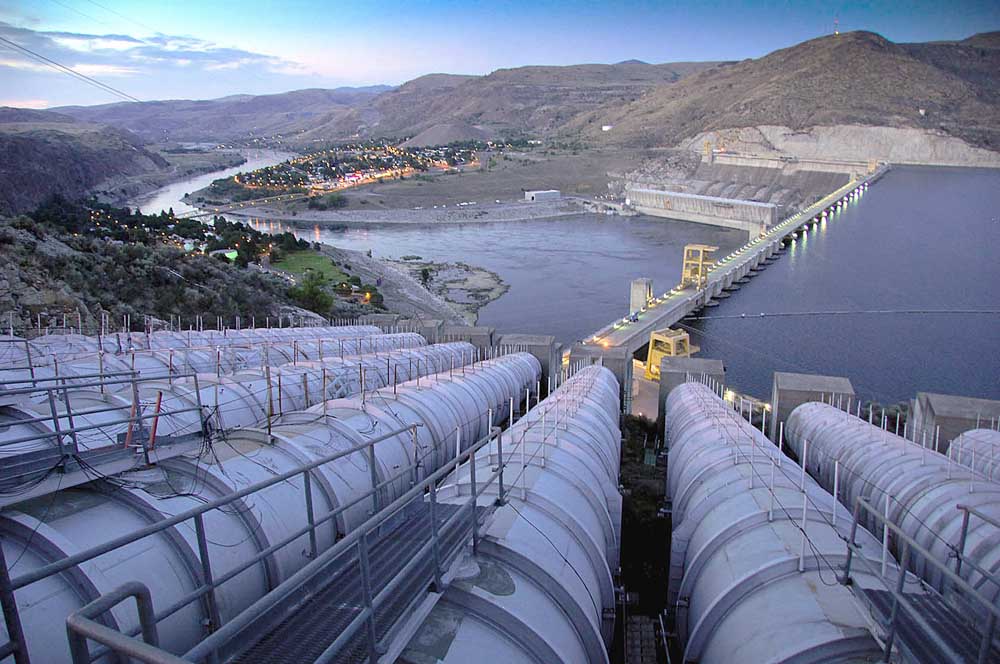Reclamation prepares for Columbia Basin Project irrigation season
Published 8:30 am Friday, February 25, 2022

- The John Keys Pump Generation Plant intakes are seen at the Grand Coulee Dam. The 12 pumps send water from the Columbia River to Banks Lake and 670,000 acres of farmland in the Columbia Basin Project in Central Washington state. Work is underway to provide more water to farms and cities in the regioin.
The U.S. Bureau of Reclamation is taking the first steps to prime canals in the Columbia Basin Project for the 2022 irrigation season.
The agency will open the Potholes Reservoir-O’Sullivan Dam outlet works on Feb. 28, and the Banks Lake-Dry Falls Dam outlet works on March 3, according to a bureau press release.
“I’m in my fourth year here, and it’s exciting every time,” said Marc Maynard, manager of the bureau’s office in Ephrata, Wash. “We just want to make sure we do a good job for everyone.”
To prepare Banks Lake, Reclamation will begin pumping water from the John W. Keys III Pump-Generating Plant into the north end of Banks Lake on Feb. 27, according to the bureau. Water is pumped from Lake Roosevelt to maintain Banks Lake elevations for Columbia Basin Project irrigation.
The Quincy Columbia Basin Irrigation District will begin to take water deliveries to prime the West Canal March 16, and the East Columbia Basin Irrigation District will begin to take water deliveries to prime the East Low Canal around March 23, Maynard said.
The districts will make the water available to their farmers after the systems are primed.
“It usually takes about a week, give or take, to prime those canals and get them to a position where they can deliver water,” Maynard said. “This is just that first step to getting water in the system and starting to bring all these levels up so we can start irrigating.”
The bureau expects “relatively typical” flows, Maynard said.
“We may have a higher level of feed water this season for Potholes Reservoir based on existing conditions,” he said. “Potholes Reservoir, because we’ve been so dry, is a little bit lower than it normally is this time of year, and we may need to put some additional water down the canal and into Potholes as a result.”






